Sustainability

ECO Compliance
We love our world, our work and life. Since the first day we started our business, we consider sustainable understanding as the top priority of our values.
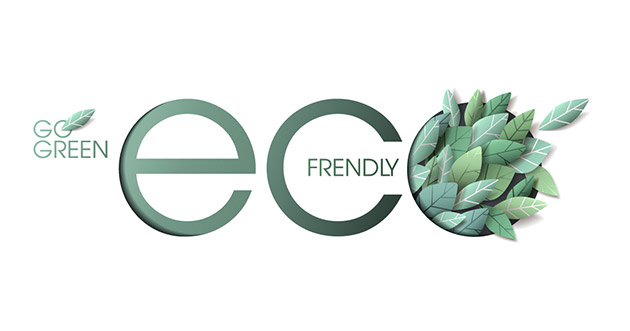
2023 Sustainability Goals
Our company, in line with its 2023 goals, is to participate in all kinds of studies for the protection of all production processes so that our partners and customers can control our principle of protecting nature and the environment, both in the supply chain and in the production stages, by adhering to international standards.
- Human Oriented Production
- Responsibility To Nature
- Fair Trade
- Transparent Management
- Happy Customer
Product Safety
Our system partners created to approve the use of textile processing chemicals and chemical component products in sustainable textile production.
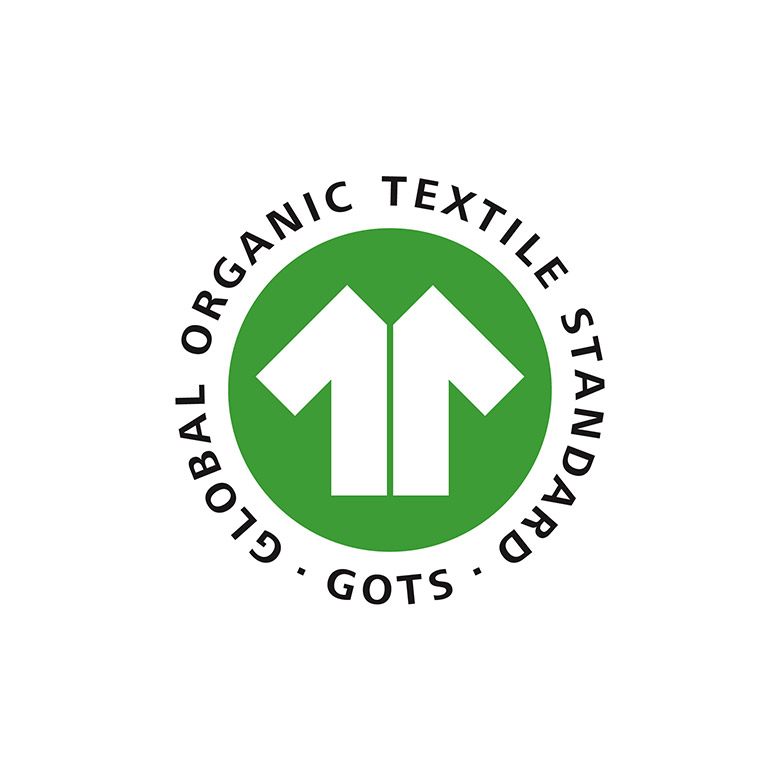
Having the relevant certification is among our 2023 Targets.
GOTS (Global Organic Textile Standart)
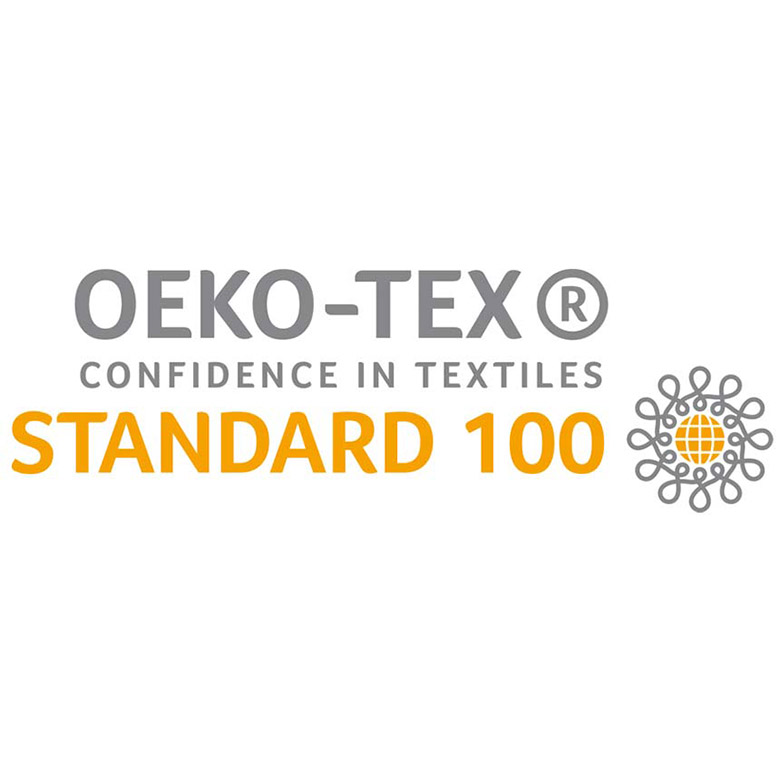
Standard 100 by Oeko-Tex®
STANDARD 100 by OEKO-TEX® is an internationally valid product safety system for textile materials and all its related components, evaluated by an independent testing organization within the framework of environmental protection and compliance with human health.
Considering the Oeko-Tex® 100 standard criteria, the expiry places of textile products;
Product Class 1: Textile products and textile toys for babies under the age of three, e.g. underwear, baby rompers, bed linen, bedding products, fabric animals, etc.
Product Class 2: Textiles whose surfaces come into substantial skin contact in normal use, e.g. underwear, bed linen, terry products, shirts, blouses, etc.
Product Class3: Textile products whose surfaces are partially or not in contact with the skin in normal use, e.g. jackets, coats, padding/waistcoats etc.
Product Class 4: Tablecloths, curtains, textile wall and floor coverings, etc. It has been determined as 4 groups in the form of decorative furnishing products, such as decorative furnishings, and the banned/limited harmful chemical criteria of each group are separated from each other.
Oeko-Tex® 100 For textile products such as yarn, fabric, non-woven surface, accessories, etc. certified with the standard, the manufacturers are responsible for undertaking that the harmful raw materials in the relevant list are not used in their production or that they are used within the accepted limits. In order to fulfill these responsibilities, they require a commitment from the chemical suppliers that the chemicals supplied to them do not contain the prohibited chemicals in the relevant class in the OEKO-TEX current banned chemicals list or that they do not exceed the limit values. In this sense, chemical suppliers do not have an OEKO-TEX certificate.
ECO PASSPORT by Oeko-Tex
This certificate is a system created to approve the use of textile processing chemicals and chemical component products in sustainable textile production.
The ECO PASSPORT certification program developed by OEKOTEX® consists of three main steps. In the first stage, the list of chemicals announced by the manufacturers is compared with the OEKO-TEX® Standard 100 List of Prohibited Substances. In the second step, a risk/hazard assessment is made in terms of health and environment. At the last stage, a compliance test is applied to the conditions within the scope of ECO PASSPORT certification. The results of each evaluation step are shared with applicants to create safer and more sustainable formulas for internal quality control of data. Chemical products that pass three stages are entitled to receive the ECO PASSPORT by OEKO-TEX® certificate.
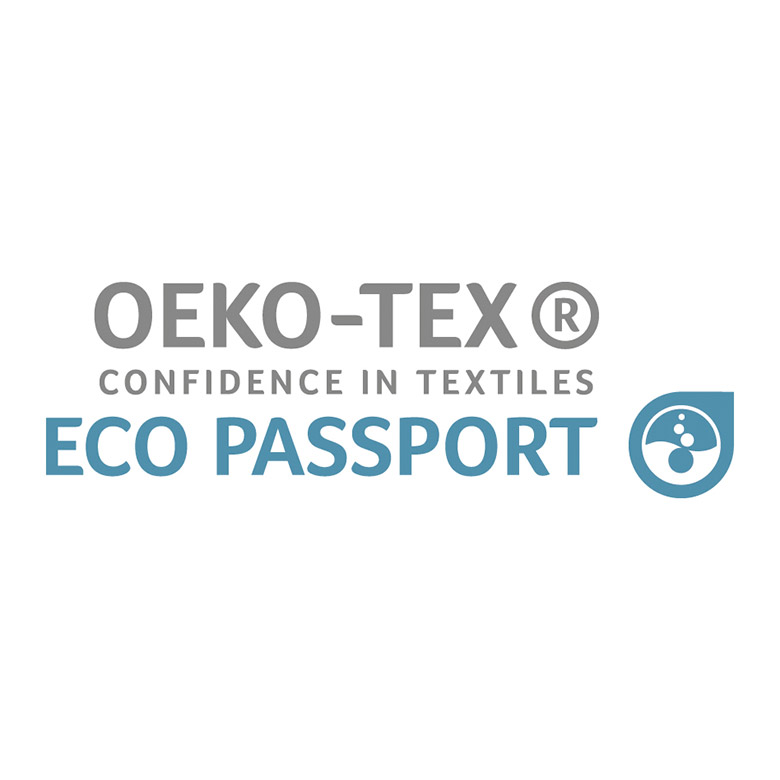
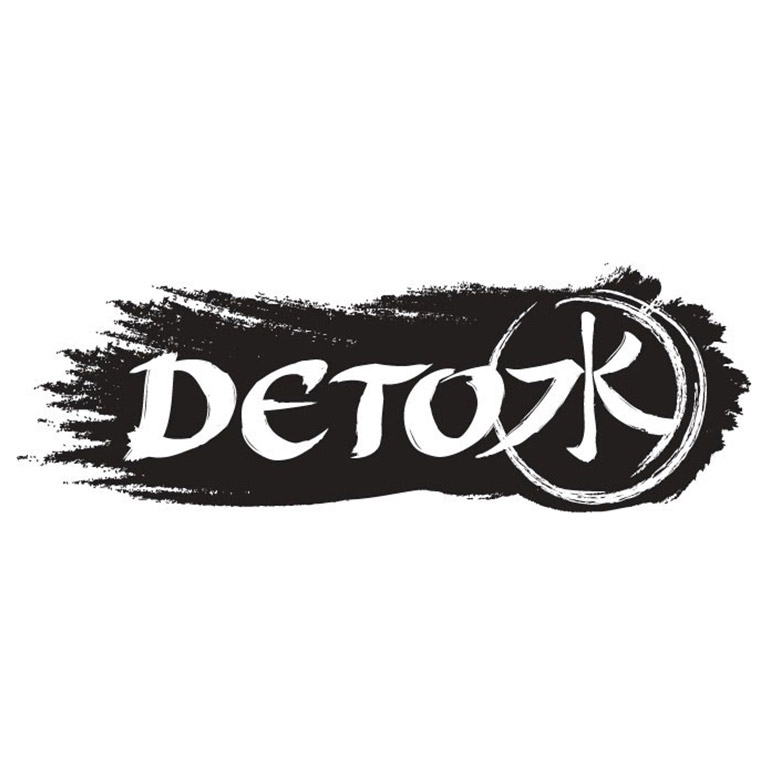
DETOX by Greenpeace
As a result of Greenpeace’s intense pressure and public awareness, companies that have committed to the Detox Campaign often find themselves in a difficult situation to meet the targets in the 2020 roadmap. Within the framework of these commitments, companies are putting pressure on their suppliers to reduce the amount of harmful chemicals determined by 2020 and finally to completely eliminate them.
Throughout the textile chain, the evaluation of the quality of waste water and waste sludge with the chemical management systems of the manufacturers according to the targets of the Greenpeace Detox Campaign, and their independent and reliable certification are carried out by impartial testing laboratories.
In this context, chemicals whose emissions are determined to be zero until 2020;
- Alkilfenoller
- Phthalates
- Brominated and chlorinated flame retardants
- Azo dyes (defined in REACH Annex XVII)
- Organotin Compounds
Perfluorinated Chemicals (PFOA/PFOS)
- Chlorobene Zens
- Chlorinated solvents
- Chlorophenols
- Short Chain Chlorinated
- Paraffins (SCCPs)
- Heavy Metals (cadmium, lead, mercury, chromium (VI))

GOTS (Global Organic Textile Standart)
The purpose of this standard is to define the conditions for ensuring the organic status of textile products, from the harvest of raw materials to labeling, to provide a reliable assurance to the end consumer with an environmentally and socially responsible production approach.
Textile manufacturers easily export their organic fabrics and clothing with this certificate, which is accepted in all major markets. This standard covers the production, processing, packaging, labeling, trade and distribution of all textile products made of at least 70% certified organic natural fibers. End products may include, but are not limited to, fiber products, yarn, fabric, garments, fashion textile accessories (carried or worn), textile toys, home textiles, bedding and bedding products, as well as textile personal care products. The standard does not set the criteria for leather products.
Accepted Criteria for Organic Fibers
Fibers must have organic certification according to recognized international or national standards (IFOAM family, EEC 834/2007, USDA NOP). In addition, if the applicable agricultural standard allows, certification of transitional fibers is also possible under this standard.
Labeling Criteria:
The standard has defined two separate labeling classes:
Label Class 1: Organic
The textile product bearing the expression “Organic” must contain at least 95% certified organic fiber.
Label Class 2: Made with % Organic
A product with a “Made with % Organic” label class must contain at least 70% certified organic fiber. It is forbidden to mix conventional and organic fibers of the same type in the same product. Conventional cotton, angora wool and virgin polyester are not allowed in the product composition.
Some of the Environmental Criteria
- Organic fiber products should be differentiated from traditional fiber products and clearly identified at each stage of the process chain.
- All chemical inputs (e.g. dyes, auxiliaries and process chemicals) must be evaluated and meet essential requirements regarding toxicity and biodegradability/elimination.
- Inputs such as toxic heavy metals, formaldehyde, aromatic solvents, functional nanoparticles, genetically modified organisms (GMO) and their enzymes are prohibited.
- The use of synthetic sizing agents is restricted. Knitting and weaving oils should not contain heavy metals.
- Oxygen-based bleaches are allowed. (Chlorine-based bleaches cannot be used)
- Azo dyes that release carcinogenic amine compounds are prohibited.
- Transfer printing using aromatic solvents and plastisol printing using Phthalate – PVC are prohibited.
- There are also restrictions for accessories (for example PVC, nickel or chrome are not allowed)
- Packaging material should not contain PVC. Paper or cardboard used in packaging material, hang tags, etc. must be recycled or certified according to FSC or PEFC.
- Waste water from all wet treatment units must be treated in a functional wastewater treatment plant.
Some of the Product Criteria
- Raw materials, intermediates, finished textiles and accessories must meet the limits for unwanted residues.
- Technical quality parameters must be met (friction, sweat, light and washing fastness, etc. values)
Some of the Social Criteria
Social criteria based on the basic norms of the International Labor Organization (ILO) are expected to be met by all processors and manufacturers.
Some of these are those.
- Forced or bonded labor is prohibited.
- The right to organize and collective bargaining cannot be prevented.
- Working conditions must be safe and suitable for health.
Child labor cannot be employed. - Minimum wage should be applied.
- Working hours must comply with established legal requirements.
- Discrimination cannot be applied for any reason.
- Employees should be provided with regular employment.
- Harsh or inhuman treatment is prohibited.
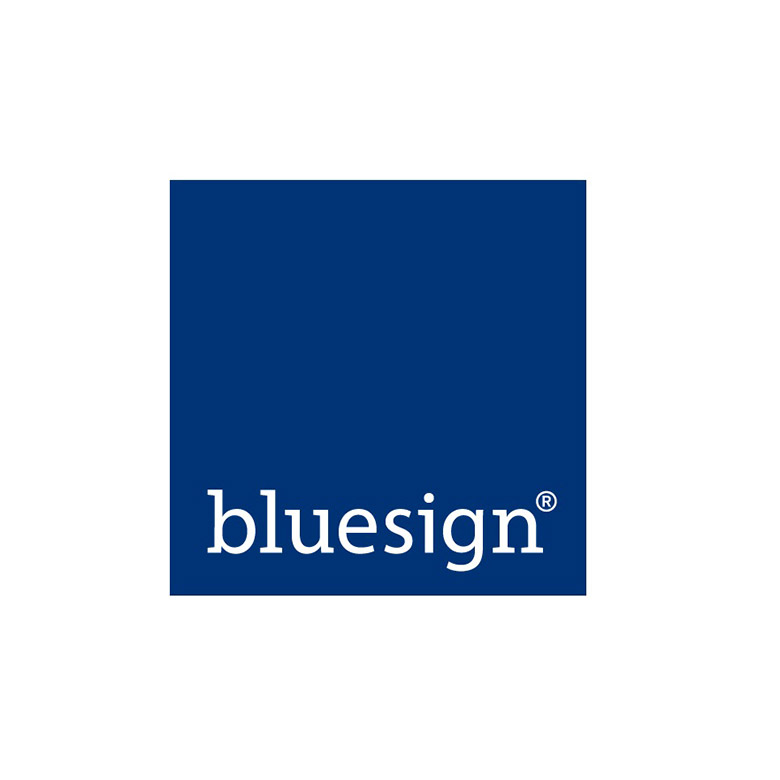
Bluesign
Bluesign® is an organization established in Switzerland aiming at a sustainable textile production. With the Bluesign® system, harmful components are prevented at the very beginning of production and the entire production process is guaranteed to comply with the determined standards, and environmentally friendly and safe production is ensured.
Unlike other standards, it covers many things such as environmental and resource efficiency, new product synthesis, life cycle, as well as consumer safety. He recognized that doing more with less is a key to sustainability. During the implementation, the BATs published by the EU are taken into account.
The label has five principles.
- Resource Efficiency
- Consumer Safety
- Water Emission
- Air Emission
- Job health security
System criteria; It is grouped as Chemical Suppliers, Production Facilities, Products/Brands.
REACH
REACH is an EU Regulation that brings together many existing legislation on chemicals in the European Union under one roof. REACH (Registration, Evaluation, Authorization and Restriction of Chemicals) means Registration, Evaluation, Authorization and Restriction of chemicals.
According to the REACH Regulation, which entered into force on 1 June 2007; Companies operating in EU member states that produce or import more than one tonne of chemicals per year are required to register these chemicals in a central database managed by the European Chemicals Agency, which is part of the EU organization.
REACH aims to provide a high level of protection for the environment and human health from the use of chemicals, to ensure that manufacturers, importers and exporters of chemicals understand and manage the risks related to the intended use of chemicals, and to ensure the free movement of substances in the EU market.
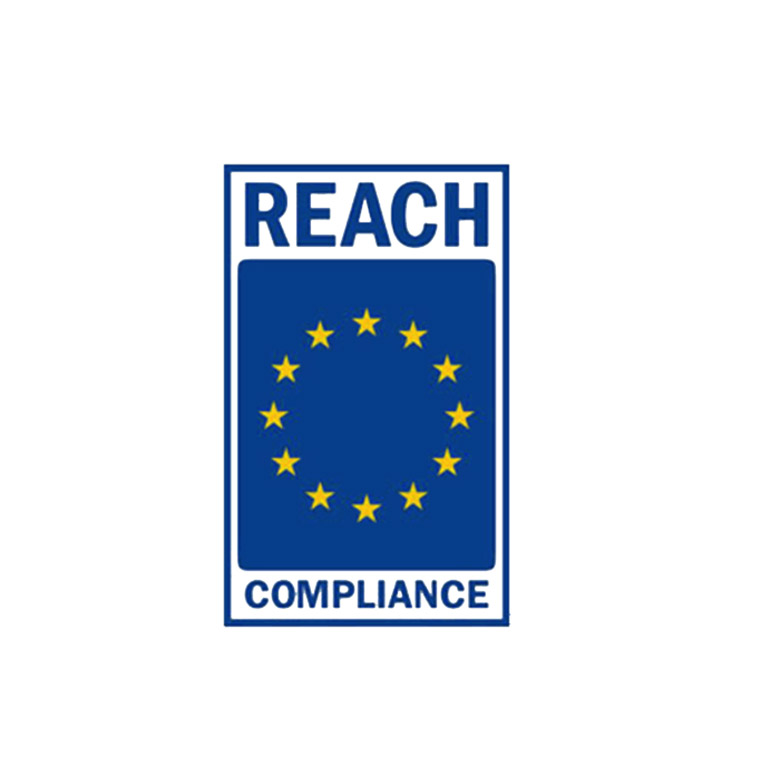
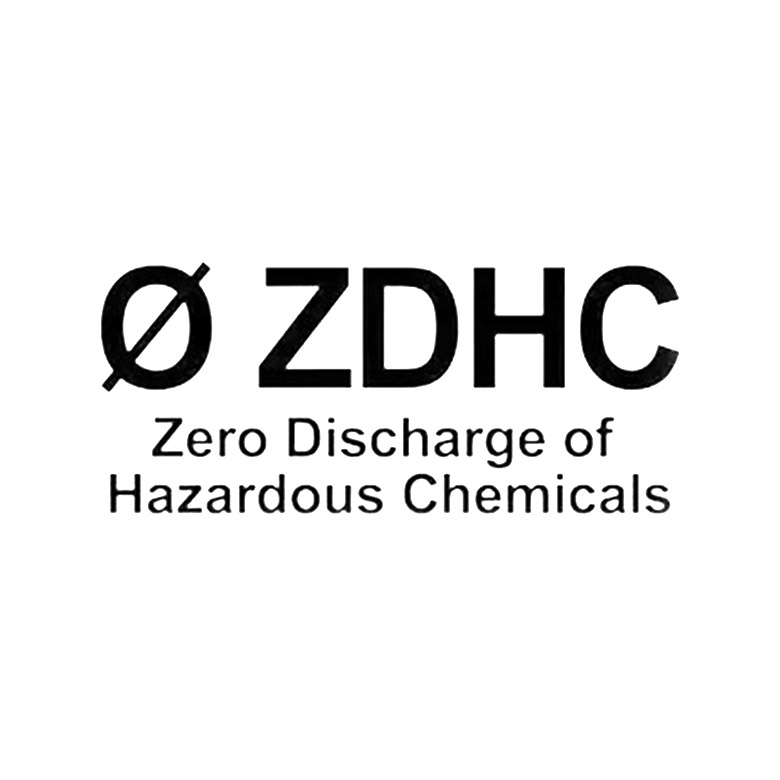
ZDHC
The purpose of the ZDHC (Zero Emission of Harmful Chemicals) program is to manage an environmentally friendly process that does not harm human health in the production of textiles, leather and shoes. At this stage, the most important factor is the restriction or elimination of the use of harmful chemicals.
Zero Discharge of Hazardous Chemicals, in the program initiated in 2011 by major brands and suppliers in the textile and footwear industry and acted jointly, it is aimed to determine the road map and to zero discharge of hazardous wastes by 2020 with the determined steps. For this purpose, it is aimed to ensure customer, employee and environmental safety by disseminating sustainable chemistry and best methods in the textile, leather and footwear industry.
Within the scope of the ZDHC program;
- 1) Phthalates
- 2) Brominated and chlorinated flame retardants
- 3) Azo dyes (defined in REACH Annex XVII)
- 4) Organoctin Compounds
- 5) Chlorobenzenes
- 6) Chlorinated solvents
- 7) Chlorophenols
- 8) Short Chain Chlorinated Paraffins (SCCPs)
- 9) Heavy Metals (cadmium, lead, mercury, chromium (VI))
- 10) APEOs/NPEs
- 11) Perfluorinated Chemicals (PFOA/PFOS)
It is aimed to control the components and completely zero their release.
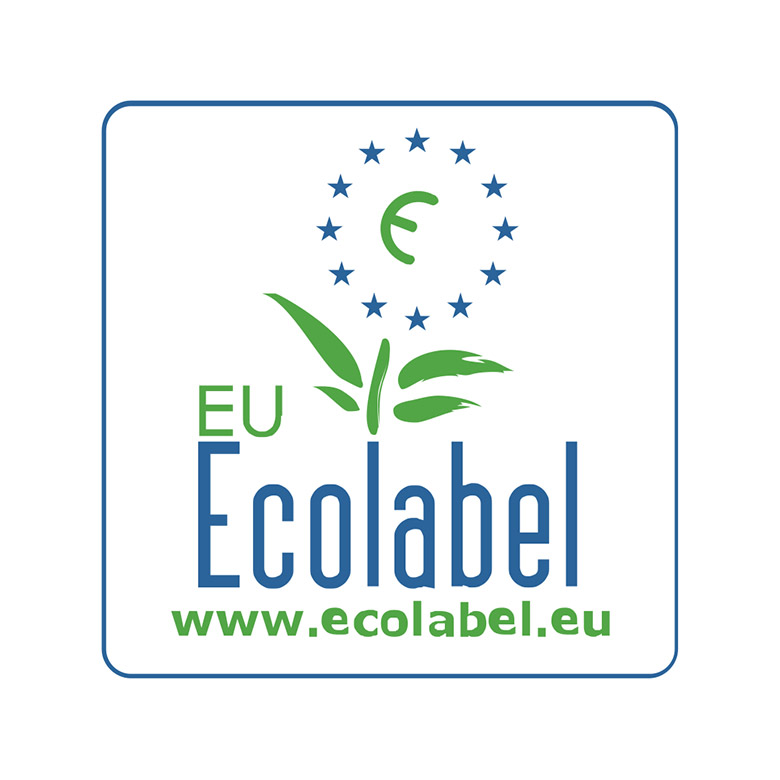
EU Ecolabel
Announced by the European Union in 1992, this label provides consumers with information about the environmental impact of various products and services throughout their life cycle.
The criteria are created by non-governmental organizations, scientists and shareholder groups for each product category, and the final approval is given by the European Union. This label, symbolized by a flower emblem, shows that the means of production and consumption respect the environment.
Eco label requirement is a labeling system formed in line with the demands of users. Today, 80% of consumers in EU countries use and demand environmentally friendly products that are not harmful to health and approved by independent institutions. With the “Eco Label”, the business world can turn environmental concerns, which is one of the sustainable development tools, into an advantage in the market. At the same time, it creates a prestige difference as it is a voluntary method used all over the world. This increases the brand value of products with Eko Label.
After the 7-stage application process, the environmental effects of the product are inspected and the Eco Label is given to the organization with the approval of the consultant firm.
CTW / INDITEX
Inditex aims for zero discharge of hazardous chemicals (ZDHC) by 2020 in the production processes of all its suppliers.
In this context, Clear to Wear is a system developed by Inditex that examines quality, health and safety in products. It regulates and controls the usage limits of additives that are used within legal frameworks and may harm human health in clothing, shoes, accessories and textile products in general. The supplier is responsible for these rules and is obliged to make the necessary analyzes.
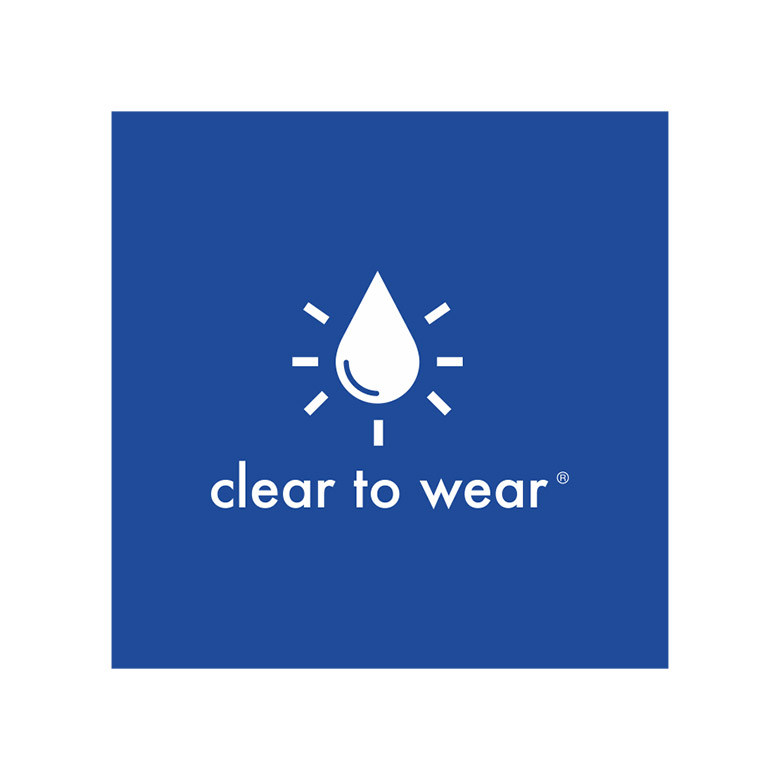
CTW Restricted Chemicals;
- Formaldehyde
- Arylamines
- Phenols
- Cadmium, Mercury, Chromium, Nickel..
- Phthalate
- Polybromo Flame Retardants
- pesticides
- Short Chain Paraffins
- PFCs
- Dimethylfumarate
- Organotin Components
- Allergic Dyes
Inditex The List is a list of restrictions and prohibitions on the use of dyes, pigments and auxiliary chemical products used in the manufacture of textiles and leather products.